An oratorio is a musical composition with dramatic or narrative text for choir, soloists and orchestra or other ensemble.

The Canticle of the Sun, also known as Canticle of the Creatures and Laudes Creaturarum, is a religious song composed by Saint Francis of Assisi. It was written in an Umbrian dialect of Italian but has since been translated into many languages. It is believed to be the first work of literature written in the Italian language with a known author.

Spring Symphony is a choral symphony by Benjamin Britten, his Opus 44. The work is scored for soprano, alto and tenor soloists, mixed choir, boys' choir and orchestra. Britten used texts of several poems related to spring, mostly from the 16th and 17th centuries and also one by W. H. Auden. Britten dedicated the work to Serge Koussevitzky and the Boston Symphony Orchestra. The work received its premiere in the Concertgebouw, Amsterdam on 14 July 1949 as part of the Holland Festival
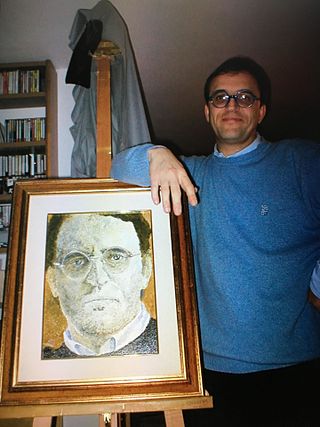
Carlo Pedini is an Italian classical composer.
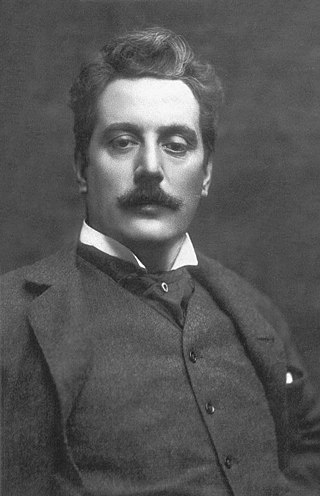
Giacomo Puccini's Messa or Messa a quattro voci is a Mass composed for orchestra and four-part choir with tenor and baritone soloists. Strictly speaking, the piece is a full Mass, not a true Messa di Gloria.
Tarantino, spoken in the southeastern Italian region of Apulia, is a transitional language, most of whose speakers live in the Apulian city of Taranto. The dialect is also spoken by a few Italian immigrants in the United States, especially in California.
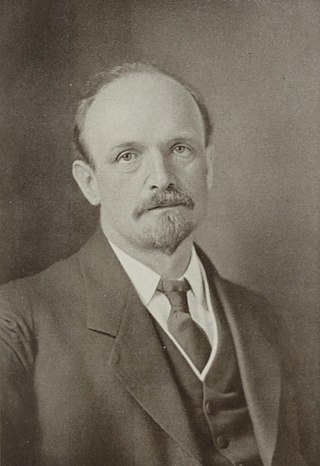
Hermann Suter was a Swiss composer and conductor.
Andreas Karasiak is a German classical tenor in opera and concert.
Christa Bonhoff is a German contralto and mezzo-soprano singer.
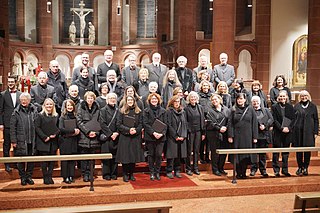
The Chor von St. Bonifatius is a German mixed choir, the church choir of the parish St. Bonifatius, Wiesbaden. It was founded in 1862 as a male choir and was a mixed choir from 1887. From 1981 to 2018, it was conducted by Gabriel Dessauer, who founded two children's choirs. The group sang the first performance in Germany of John Rutter's Mass of the Children and performed in Azkoitia, San Sebastián, Görlitz, Bruges, Macon and Rome. Colin Mawby composed for the choir the Missa solemnis Bonifatius-Messe for the 150th anniversary, celebrated on 3 October 2012. From 2019, the choir has been conducted by Roman Twardy who conducted in his first concert Dvořák's Stabat Mater. On 1 January 2022, Johannes Schröder became church musician. He conducted as his first choral concert Verdi's Requiem in an arrangement for small ensemble.

Marco Frisina is an Italian Roman Catholic priest and composer. He is director of the Pastoral Worship Center at the Vatican.

Symphony No. 10, Sumé pater patrium: Sinfonia ameríndia com coros (Oratorio) is a composition by the Brazilian composer Heitor Villa-Lobos, written in 1952–53. The broadcast performance of the world-premiere performance under the composer's direction lasts just over 67 minutes.
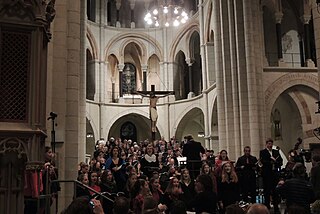
Laudato si' is an oratorio composed in 2016 by Peter Reulein on a libretto by Helmut Schlegel. Subtitled Ein franziskanisches Magnificat, it includes the full Latin text of the Magnificat, expanded by writings of Clare of Assisi, Francis of Assisi and Pope Francis. The composer set it for five soloists, children's choir, Choralschola, mixed choir, symphony orchestra and organ. It was published in 2016 by the Dehm Verlag, and was premiered on 6 November 2016 at the Limburg Cathedral, conducted by the composer.
Ursula Zollenkopf is a German classical contralto singer. A member of the NDR Chor based in Hamburg, she appeared as a soloist in opera and concert, including premieres of contemporary music such as Stravinsky's Threni and Schoenberg's Moses und Aron.
Der Gemischte Chor Zürich is a mixed choir in Zürich, Switzerland, founded in 1863. One of the large oratorio choirs in the city, they perform regularly at the Tonhalle and internationally, often with the Tonhalle-Orchester Zürich, and traditionally with notable soloists such as Ilona Durigo, Karl Erb and Ernst Häfliger. Premieres have included works by Johannes Brahms and contemporary composers.
Gustav Classens was a German conductor who shaped musical life in Bonn. He was municipal music director and conductor of the Beethoven Orchester Bonn from 1933 to 1949, continuing concerts during World War II and reviving them after the war. He was then for decades conductor of the choir Chor der Bonner Bach-Gemeinschaft that he founded.

Bonaventura Furlanetto was an Italian composer and music teacher, also known in his lifetime by the nickname Musin. His pupils included Anselmo Marsand and Giovanni Pacini.
Zofia Kilanowicz is a Polish operatic soprano who has performed internationally, with a focus on Polish music. She appeared as Roxana in Szymanowski's King Roger in Paris and New York City, and recorded Górecki's Second Symphony and Third Symphony.












